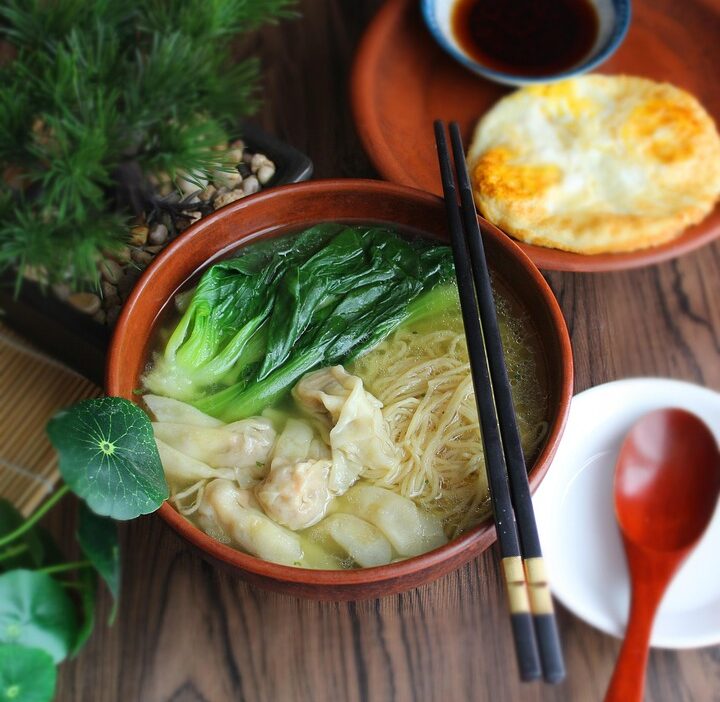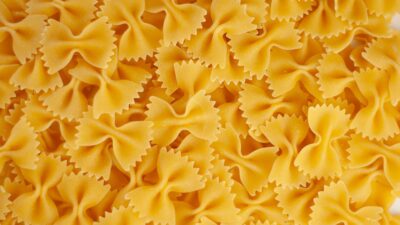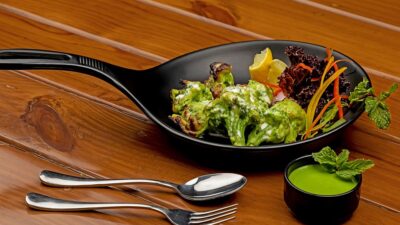In today’s culinary landscape, food is not just a matter of taste; it’s an experience that combines flavor, aesthetics, and creativity. The phrase “you eat with your eyes first” has never been truer. As dining experiences evolve, the art of food presentation has emerged as a pivotal aspect of modern gastronomy. This article explores the significance of food presentation, its impact on dining experiences, and the ways it enhances both culinary artistry and customer satisfaction.
The Aesthetic Appeal of Food
Food presentation is a form of art that engages the senses. It involves the strategic arrangement of food items on a plate, the selection of colors, textures, and garnishes, and the use of serving vessels. Chefs today are not only cooks but also artists, designing dishes that evoke emotions and tell a story.
Visually appealing food can stimulate appetite, create anticipation, and heighten the overall dining experience. A dazzling array of colors can signal freshness and quality ingredients, while thoughtful plating can transform a simple dish into something extraordinary. For instance, the way a chef splatters sauce or drizzles oil can add an element of sophistication that complements the dish’s flavor profile.
Enhancing the Dining Experience
Beyond aesthetics, the presentation of food plays a crucial role in defining the experience for diners. A well-presented dish can elevate the perception of the food’s quality, instilling confidence in the chef’s skills and in the ingredients used. This perception can significantly influence the overall enjoyment of the meal.
Modern dining culture often emphasizes multi-sensory experiences. Restaurants now prioritize not only the taste and aroma of the food but also how it looks and how it makes diners feel. For example, interactive elements such as edible flowers, vibrant purees, or even smoke can transform a meal into a spectacle. Such experiences invite diners to engage more deeply, often leading to social media sharing—wherein a beautifully arranged dish may become an Instagram sensation, driving both attention and foot traffic to the restaurant.
Culinary Innovation Through Presentation
The creative presentation also encourages culinary innovation. Chefs are continuously experimenting with new techniques and styles that push the boundaries of traditional presentation. Molecular gastronomy, for instance, offers unique methods of deconstructing flavors and textures, allowing for modern dishes that surprise both the palate and the eye.
Moreover, food presentation is an essential tool for communicating the concept behind a dish. For instance, minimalist plating can convey elegance and sophistication, while rustic presentations may evoke a homey, comforting feel. The visual style of a dish can align with cultural themes, reinforcing the narrative behind the cuisine. This thoughtful approach to presentation enhances the storytelling aspect of dining, making each plate a chapter in the culinary journey assembled for diners.
Sustainability and Food Presentation
As the food industry increasingly embraces sustainability, the presentation also reflects this ethos. Chefs are more mindful of food waste and sustainability practices, leading to creative solutions that optimize each ingredient. Using edible garnishes, making sauces from vegetable scraps, or incorporating edible flowers not only enhances the look of a dish but also speaks to the importance of sustainability in modern dining.
Conclusion
In the realm of modern dining, food presentation is not merely a decorative afterthought; it is an integral part of the culinary experience. It captivates, communicates, and elevates dishes while reflecting broader trends in the industry, including sustainability and creativity. As the dining culture continues to evolve, the aesthetics of food will undoubtedly remain a fundamental aspect of how we experience, enjoy, and appreciate cuisine. So the next time you savor a beautifully presented plate, remember: you’re not just tasting the food; you’re partaking in a carefully crafted experience that elevates the simple act of dining into a form of art.



